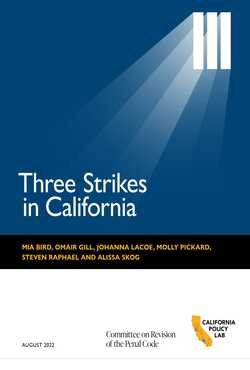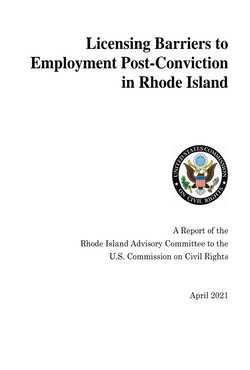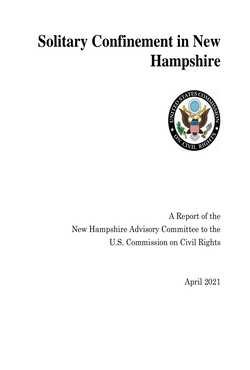By Mia Bird, Omair Gill, Johanna Lacoe, Molly Pickard, Steven Raphael and Alissa Skog
Criminal sentences resulting in admission to a California state prison are determined by both the nature of the criminal incident as well as the criminal history of the person convicted of the offense. Cases with convictions for multiple offenses may lead to multiple sentences that are either served concurrently or consecutively. Characteristics of the offense (such as the use of a firearm) or aspects of the person’s criminal history (such as a prior conviction for a serious or violent offense) may add to the length of the base sentence through what are commonly referred to as offense or case enhancements, respectively. California’s Three-Strikes law presents a unique form of sentence enhancement that lengthens sentences based on an individual’s criminal history. Consider an individual with one prior serious or violent felony conviction (one “strike”) who is subsequently convicted of another felony. Under Three Strikes, the sentence for the subsequent felony will be double the length specified for the crime regardless of whether the new conviction is for a serious or violent offense. For an individual with two prior violent or serious felony convictions, a third conviction for a serious or violent felony would receive an indeterminate prison term of at least 25 years to life, with the exact date of release determined by the Parole Board.
Los Angeles: California Policy Lab, 2022. 45p.





















